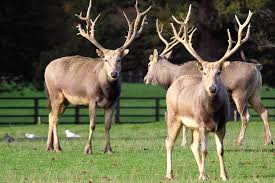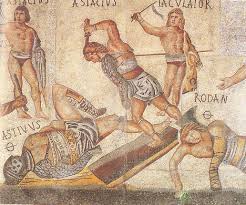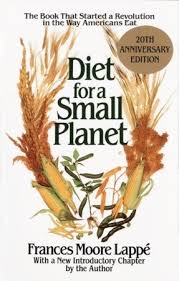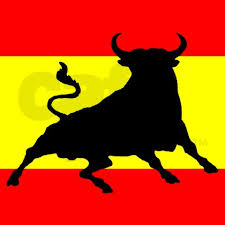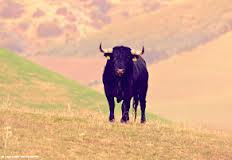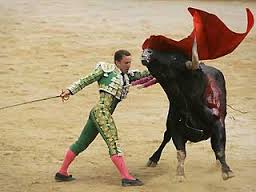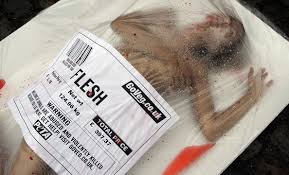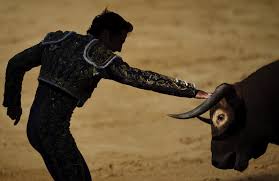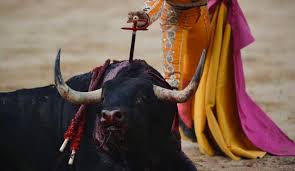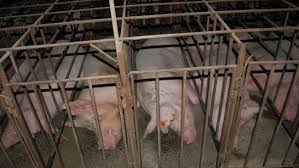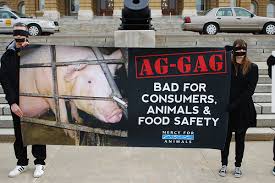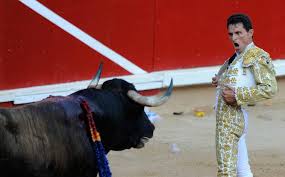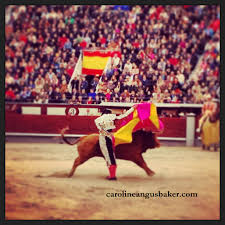On the first night of our family reunion a few years ago, we gathered in a restaurant to clatter spoons. Our respected elder, in his late seventies, rose to address the gathering, leaned on his polished wooden shepherd’s staff, looked about the room and declaimed, with a gleeful grin, that as he was the alpha male present there was no doubt that everyone must listen to him. His few words of greeting included sincere commemorations to those no longer with us and urgent invocations for us to enjoy ourselves. And it was with great amusement and happiness that everyone did enjoy themselves with merry banter thereafter.
In comparison, I recently heard of another successful family reunion, which had been opened by their ninety-three year old matriarch. She had looked about the room where four generations gathered and asked them all to speak in turn on the subject of ‘What I care for most.’ The memorable reunion was emotional, meaningful and honest.
Which reunion was best? Could the merry banter at our family reunion uphold the heartfelt encouragement to communicate with each other and recognise family ties or does only the serious and sincere carry weight into the future to improve our lives?
This is the sort of struggle faced by Robert Twigger in The Extinction Club, Penguin 2001, a deliberately exasperating, bitsy, read. Ostensibly a very, very funny travel book (says so on the cover) about Pere David deer, The Extinction Club also packs in some metaphysical meditations about old ideas in the form of books.
The rare deer, also known as Milu, were saved from destruction in China’s Imperial Garden during the Boxer Rebellion of the 1900s and bought to Britain, to Woburn Abbey Safari Park, giving the author a thin excuse to muse on the nature of extinction as he plans the outline. ‘The obvious, possibly tabloid, über-theme [of the book] was extinction. OK, the concern for the deer would be an example of our fear of extinction which has mushroomed this century.’ (pg 29)
Twigger points out the idea of extinction arose with Darwin and,
‘ … it was just a question of time before the possibility of the extinction of the human species became a widespread idea. And when it did, the fact of the A-bomb and biowarfare simply made it more concrete, more tangible, the fear already in us. Making extinction a necessary part of life added a shadowy bleakness to the scientifically informed world view. The theoretical necessity of extinction leaves the world a little colder.’ (pg 49)
Heavy stuff! But do not fear, Twigger does not tarry long in these murky depths, quickly uplifting the reader with amusing accounts of pathetic aimless research (look how everything is changing at the library) juxtaposed with the chunks of serious history supposedly resultant, his strange story of the Major’s club paying for a species of fish to become extinct in one blow and how his funny agent, Klaudia, gets on with the droll story of how to get this gosh darn book published any how!
Twigger’s drinking pal, the Novelist, is about to publish a successful book – how ironic – neatly contrasted by such questions as, ‘How does a book die? How does it become extinct? When nobody reads it any more? When nobody buys it any more? When libraries won’t stock it? When nobody remembers having read it?’ (pg 72) Clearly Twigger cares most about books, he is a writer after all, the essence of his desire to leave his mark on the world, to be discovered in the dusty piles of paper in the bookstalls of the threatened Ezbekiya Gardens.
Fittingly, I found this very book in a secondhand book shop, one having to downsize, how suitable an evolution, look how these bookshops have to change! There in the dusty shelves were three different editions of The Extinction Club, leading one to assume the royalties may well have staved off extinction for this author for some time. I suppose he gets to sit on panels in Writers’ Festivals with names like, ‘Animals or Us?’ or ‘Does Extinction have a lighter side?’ I imagine he might even wear his sleeveless yellow jumper as he explains his frustrated attempts to write a serious book (who would read it any way?) but, in his modest self-effacing way, had to hand in something, anything, against the already-spent advance. (Hilarious!)
For those of us not in touch with the publishing world, this throwaway book about books is more annoying than revelatory. How the hell does such blatant carelessness get published? There are some moments where a great clanking gear change causes the badinage to clarify into powerful words yearning to be read with seriousness but mostly Robert Twigger clearly struggles with the big picture and, unfortunately, it appears the struggle wins.
‘The wild places are just wastegrounds now, interesting enough as places to play if you are a child, or in need of a holiday. They don’t function as wild places any more, not unless you are careless and forget your radio beacon and satellite phone.’ (pg 175)
Do we read this with recognition or with dismay?
‘In many ways the individual is more at risk now than he has ever been. His ability to think is overwhelmed by useless noise. He is encouraged to become a passive consumer, supporter, viewer. He has to go outside the mainstream to find opportunities for his inner powers of self-reliance to develop.’ (pg 168)
Is this about the writer or the reader? We know the writer has undergone a survival course for fun but he is the man finding his passive consumption in the form of his beloved books after all and he is the man making a lot of unnecessary noise around his thoughts.
‘All along, it is not animals that have been most at risk, but ourselves, our innermost selves.’ (pg 169)
Again, who is the line for? And, what are humans if not animals?
Twigger’s serious statements about how we should live and the risks we face are buried in silly streams about books and babies, much as all our discussions about changing the tide of human destruction founder on day-to-day having to make a living in the city.
When working on a puppet show about endangered species, It’s not the end of the world, (Polyglot Puppets 1995-6) my husband urged a funny sheep character who would (sidesplittingly) try to prevent her inevitable death by being officially declared endangered. It probably would have fitted in well to our story line about endangered stringbags but I was trying to be sincere and lucid with a tight narrative line. Twigger would have agreed with my husband that a show about extinction should be vaudeville; skits, bits and pieces, highs and lows. It’s extinction people! Fun! Danger! Giggles! Death! Farts! Overpopulation! Pollution! Hilarious!
At the end of The Extinction Club, in an exposed stab at a happy ending, the sparrows seem to be returning to his garden, the booksellers have recreated his beloved Ezbekiya Gardens book market and his yellow jumper is returned from Woburn Abbey where the author stayed to see the Pere David deer cull. (Apparently it’s best to kill an endangered creature when there’s too many of them.)
Or maybe not, as Twigger categorically denies any firm relationship with the truth because that’s light-hearted and ironic and the best way to deal with a difficult subject that sticks in the craw like a piece of plastic in an endangered albatross chick.
On discovering the returned Ezbekiya Gardens book market Twigger says,
‘If the secondhand book market still existed, it meant far more than just being able to buy cheap first editions of Victor Hugo. It meant that something I cared for had not become extinct.
The great auk, the passenger pigeon, the dodo, that snail from the Pacific, those fish the Major poisoned—I had to admit that my concern was virtually nil. My concern was simply the result of a conventional upbringing, nothing more. Even the fact that the Milu had survived rather than being killed by the starving relief battalions, including a starving Grandpa Tom, meant little to more to me than a good yarn; the deer did, of course, look nice at Woburn, but care? Really care? About a few animals, when the WORLD was disappearing?’ (pg 177)
So, imagine we’re at a family reunion thirty years hence. I ask you to speak on the subject of ‘What you care about most?’
What do you say? Are you light-hearted? Playing to the audience, bumbling, stumbling, getting laffs and getting your books read?
Or are you serious?

